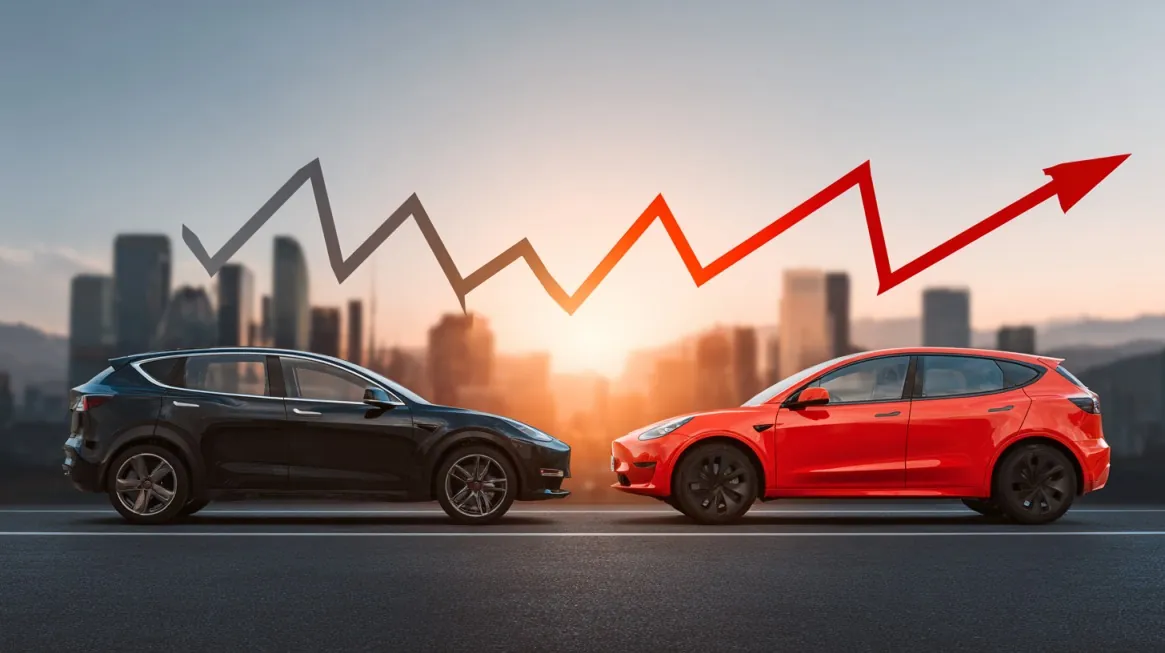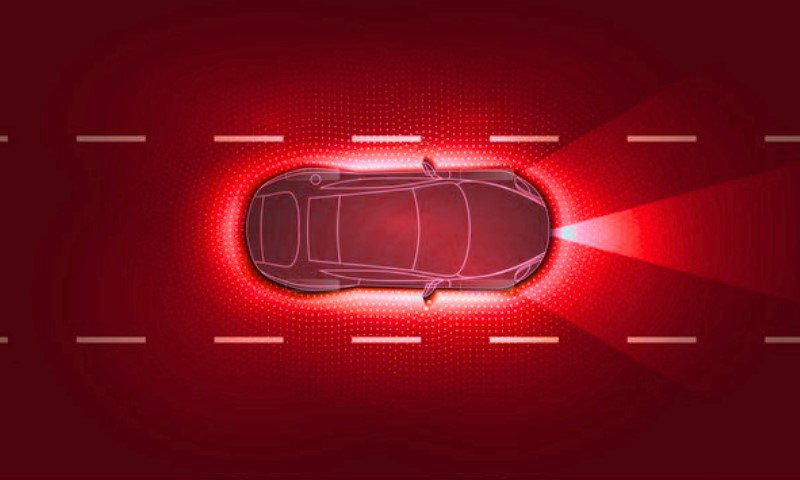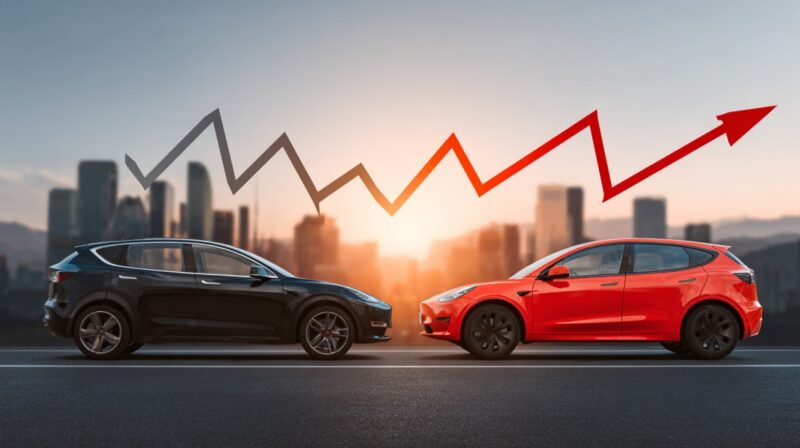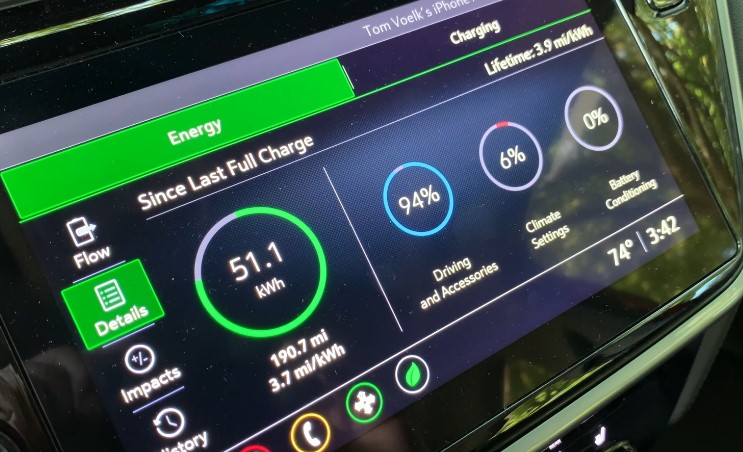
Share Post:
Buying a used EV can be a smart move—lower upfront cost, fewer moving parts to break down, and no trips to the gas station. But there’s one big piece of the puzzle you really want to get right: the battery.
The battery is the heart of any electric vehicle, and its condition can make or break your experience. So, how can you tell if the battery in a used EV has been replaced? Let’s walk through the practical steps.
Table of Contents
ToggleSigns of a Replaced EV Battery
| Method | Sign to Look For | Confidence Level |
| Vehicle History Report | Notes about battery recall or replacement | Medium–High |
| SOH Readings via App/Tool | SOH above 90% in older high-mileage EVs | Medium |
| Range & Performance Metrics | Range near original EPA estimate | Medium |
| Maintenance Records | Invoice for battery swap or recall fix | High |
| Warranty Lookup | New or extended battery warranty start date | High |
| Battery Sticker (Chevy Bolt) | Manufacture date newer than vehicle build | High |
| Dealer Diagnostics | Confirmed battery part number or test results | Very High |
Start with the Basics (Vehicle History Reports)
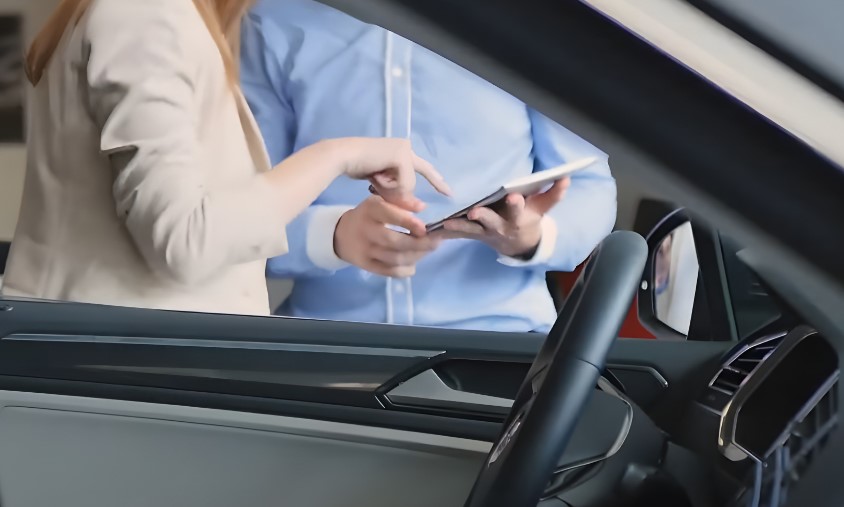
The first clue is often hiding in plain sight. Pull a car history report. These reports often include:
- Major service entries
- Recalls and whether they’ve been resolved
- Dealer-reported battery replacements
Example
Say you’re eyeing a 2018 Chevy Bolt. The report might show a battery replacement in 2022 under the GM fire-risk recall. That’s gold.
Use Battery Health Tools to Spot the Telltale Signs
You won’t always find a smoking gun in the paperwork, but the battery itself can offer hints.
Tools You Can Try
- Recurrent Reports: These provide detailed battery health data for many EV models.
- LeafSpy (for Nissan LEAF) and Tessie (for Tesla) give model-specific insights.
- Dealer diagnostic scans (usually free during inspection or test drives).
What You’re Looking For
One key number: State of Health (SOH)—a percentage of original battery capacity.
Let’s say you’re checking out a 2017 Nissan LEAF with 60,000 miles. Normally, you’d expect some degradation—EV batteries lose around 1.8% per year, according to Geotab. But if the SOH shows 95%? That’s unusual. It might mean the battery’s been swapped.
Heads-up: Some vehicles limit access to SOH data. You may need a dealer or EV shop to pull deeper diagnostics.
Compare Performance to Factory Specs
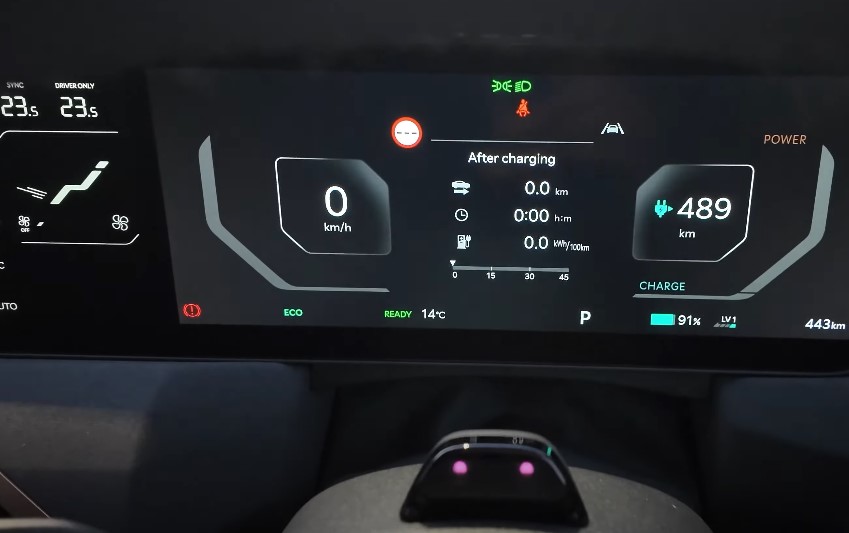
It’s not just about charts and graphs. Sometimes, your best clue is how the car feels and performs.
What to Check
- Real-world driving range original EPA estimate
- Charging speed
- Energy usage per mile (MPGe or kWh/100 miles)
Example
A 2019 Tesla Model 3 originally rated for 220 miles. If it still gets close to that with 50,000+ miles on the odometer, you might be looking at a fresh pack, or a very well-preserved one.
Practical Tip: Take the car on a test drive in mild weather with normal driving habits. See what the range prediction says before and after.
Ask for Maintenance Records
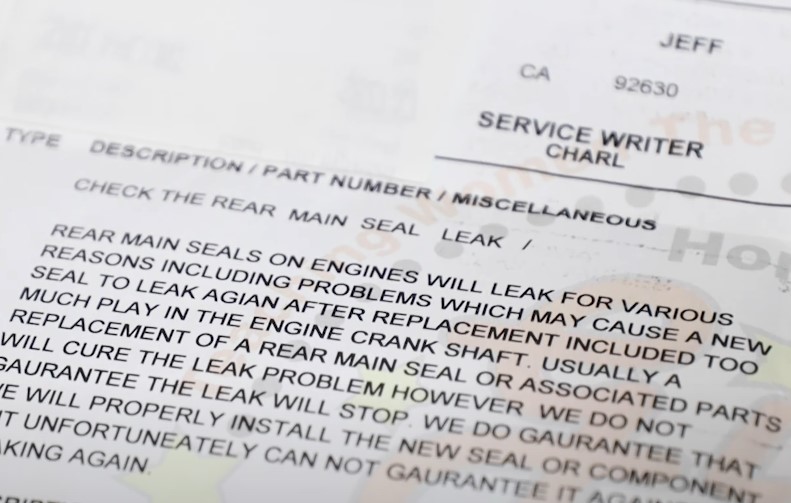
Sometimes all you need to do is ask.
How to Go About It
- If buying from a dealer, ask for a printout of the service history.
- For private sellers, request receipts or call the dealership that previously serviced it.
Red Flag
If the seller dodges the question or says “everything’s good, trust me,” keep pressing. Battery work usually isn’t subtle or undocumented.
Green Flag
A receipt from a dealership for battery service or a recall fix—that’s a strong indicator of a legit replacement.
Dig Into the Warranty
Warranties don’t lie. They often start over after a battery replacement.
What to Do
Call the manufacturer’s customer support or a local dealership with the car’s VIN number. Ask:
- Is the battery under warranty?
- When did the warranty start?
- What’s the expiration mileage/date?
Example
If you find a 2018 Chevrolet Bolt and Chevy says the battery warranty runs until 2030, that’s a smoking-hot sign it was replaced around 2022.
Let the Pros Run Advanced Tests
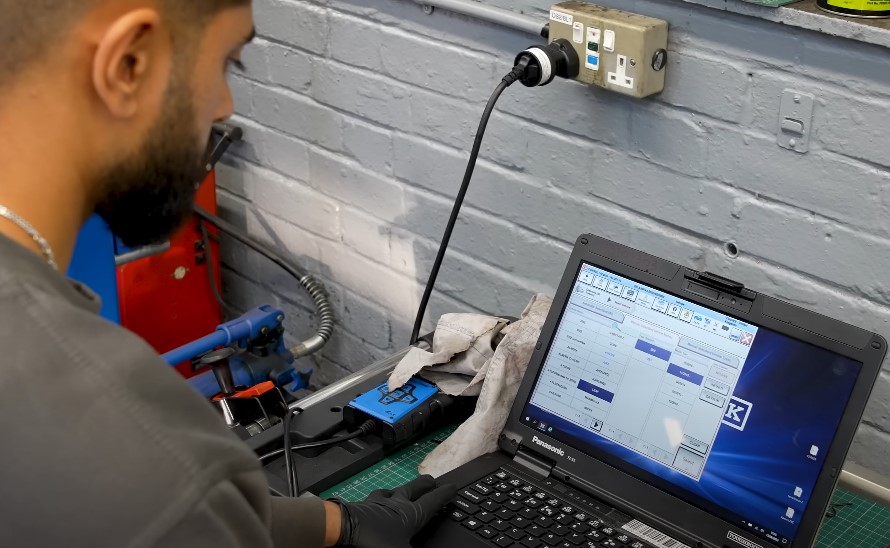
If you want to go the extra mile or need more certainty, certified EV techs can use professional tools that reveal deeper data.
A Few Techniques
- Electrochemical Impedance Spectroscopy (EIS): Measures internal resistance. Low numbers are good—and typical for newer packs.
- Incremental Capacity Analysis (ICA): A detailed way to assess how much usable energy the battery can store.
- Thermal Mapping: Helps identify hot zones, which can hint at degradation or uneven wear.
Special Case – The Chevrolet Bolt
If you’re looking at a used Bolt (especially 2017–2022 models), there’s a good chance the battery was replaced, or at least eligible for it.
Here’s how to confirm:
1. Check the Sticker
There’s a manufacturing label on the battery itself—tucked behind the passenger side front door.
How to Find It
- Open the back door.
- Look down between the doors near the rocker panel.
- Use a flashlight and snap a pic.
Compare the battery build date on the label to the car’s original build date (on the driver’s door jamb). If the battery date is newer, it was replaced.
2. Use GM’s VIN Recall Tool
Visit GM’s official recall site, enter the VIN, and see if the recall repair was completed. If it says “remedied,” you’re in luck—it likely got a brand-new battery.
3. Ask a Chevy Dealer for Service Records
Chevrolet dealers can look up any recall work done by VIN. If the Bolt went through the battery swap under warranty, it’ll show up.
4. Watch the Range
The original Bolt EPA range was 238 miles. If the car is hitting close to that years later, there’s a good chance it has a newer battery.
5. Have a Tech Confirm
Certified Bolt technicians can scan the BMS and confirm degradation levels or even check part numbers to verify battery age.
Why All of This Actually Matters
A replaced EV battery can change the game in several ways:
- Safety: Especially important in cars with known issues, like the Chevrolet Bolt, which faced a major battery recall in 2021 due to fire risks.
- Performance: New batteries tend to deliver better range and faster charging.
- Value: Since batteries often make up a third to half of an EV’s resale value, a newer one can significantly boost what the car’s worth.
- Warranty: In many cases, replacement batteries come with fresh warranties. For example, Chevrolet offered an 8-year/100,000-mile warranty on new Bolt batteries.
Final Thoughts
Knowing whether an EV battery has been replaced isn’t always a straight line, but there are more clues out there than most people realize.
Start simple: check the paperwork, test the range, and ask the seller questions they should be able to answer. If the car is a Bolt, dig a little deeper—GM made the process traceable. And if you’re still unsure, don’t be afraid to loop in a dealer or technician to help confirm.
The battery is a huge part of the EV ownership experience. Getting clarity on its history can save you thousands down the road—and a whole lot of headaches.
Related Posts:
- Diesel vs. Gas Trucks - Which Has More Mechanical…
- What Does the M Mean in a Car - Everything You Need to Know
- The All-Electric 2025 Cadillac Escalade IQ - What…
- What No One Tells You About Florida’s Roads - 11…
- Buying a Car with a Rebuilt Title in 2025 - Pros,…
- Car Leaking Oil? Here's What You Need to Know and…




